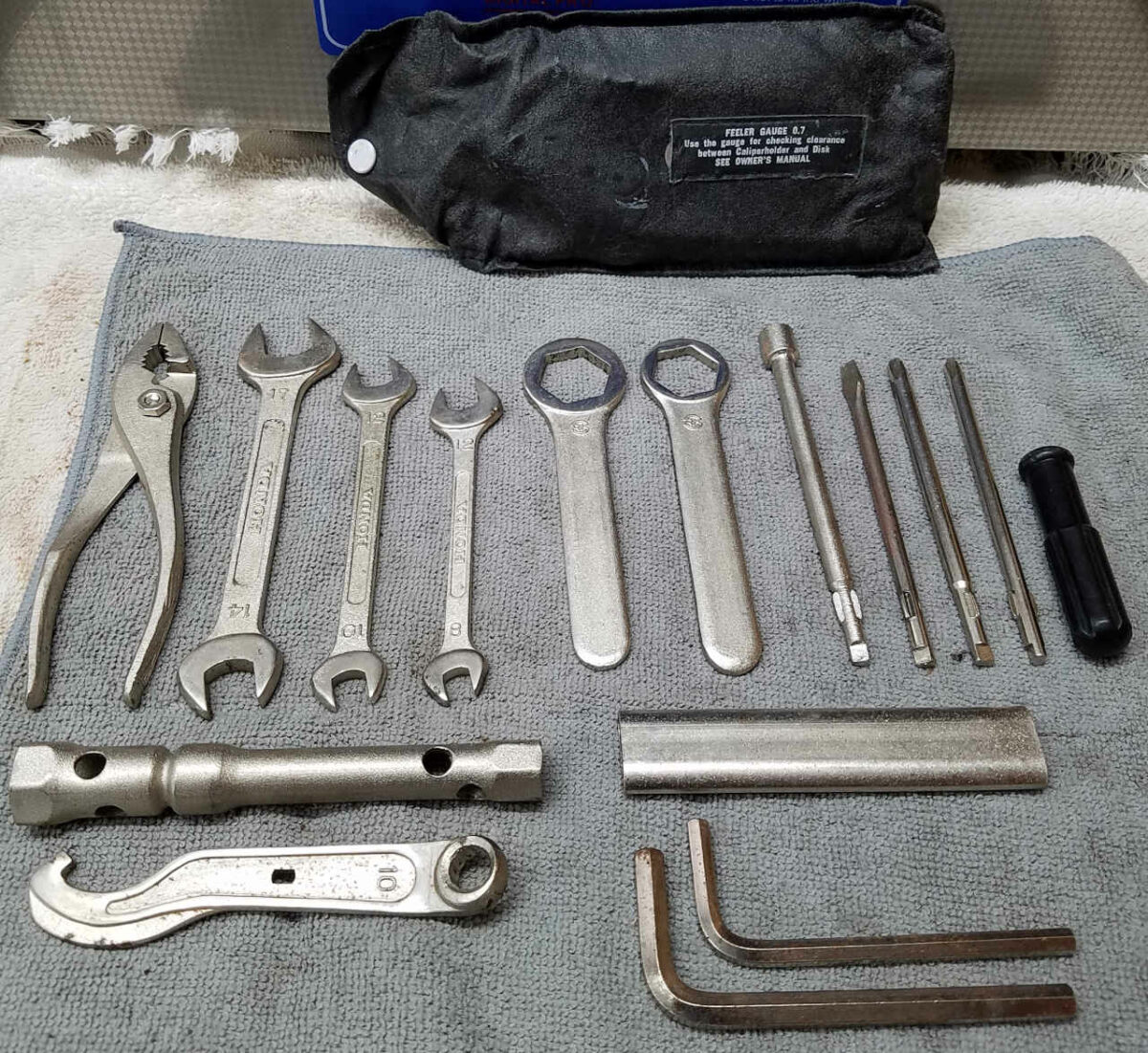Equipping yourself with the proper tools is crucial for a successful and enjoyable vintage motorbike project. Here’s my roadmap to help you gather that information.
1. Leverage Your Bike’s Identity:
- Year, make, and model: This is the foundation. Specific tools may vary depending on the motorcycle’s design and features.
- Service manuals (Haynes or Clymer): These are goldmines of information. Look for a manual specific to your motorcycle. They typically have detailed tool lists for maintenance and repairs. [Haynes repair manuals, Clymer repair manuals]
- Online parts suppliers: Many online parts suppliers also have exploded view diagrams of your motorcycle. These diagrams can illustrate the specific tools needed for disassembly and reassembly.
2. Consult Online Resources:
- Vintage motorcycle forums: These forums are a treasure trove of knowledge. Search for forums dedicated to your specific motorcycle brand or model. People often share tool recommendations and project experiences.
- YouTube tutorials: Search for tutorials related to maintenance or repairs you plan to tackle. Often, creators will showcase the tools they use throughout the video.
3. Start With Basic Toolsets:
- Socket wrench set (metric): Essential for most motorcycles.
- Open-ended wrench set (metric): Complements the socket set for tight spaces.
- JIS screwdrivers: These are crucial for working on Japanese motorcycles as they have a slightly different design than Phillips head screwdrivers.
- Pliers (standard and needle-nose): Useful for gripping, holding, and manipulating various components.
4. Specialty Tools May Be Needed:
- As you delve deeper into your project, consult your service manual or online resources to identify specialty tools required for specific tasks.
- Examples include: Valve spring compressor, circlip pliers, piston ring compressor, etc.
5. Consider Borrowing or Renting:
- Specialty tools are not a one-time use for most projects. Renting these tools from a tool rental shop can be a cost-effective option.
- Online communities might have members willing to lend a helping hand or loan out specialty tools.
Remember:
- Prioritize quality over budget when possible. A good set of tools will last a lifetime and can prevent stripped nuts, bolts, and frustration.
- Build your toolset gradually. You don’t need everything at once. Acquire tools as needed throughout the project.
- Safety first! Always wear safety glasses and gloves when working on your motorcycle.
By following these steps and conducting thorough research, you’ll be well on your way to gathering the necessary information and acquiring the right tools for your vintage motorbike project!
